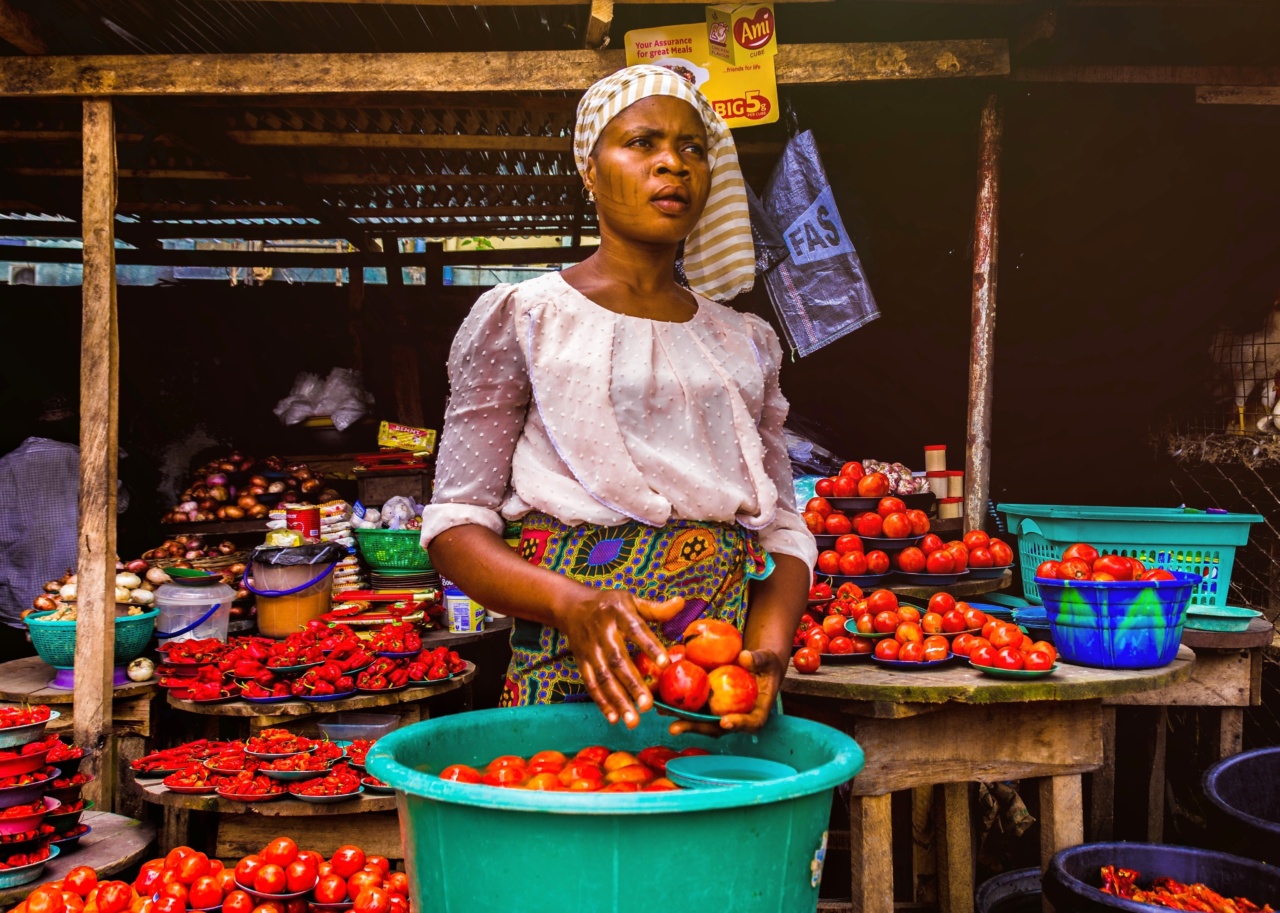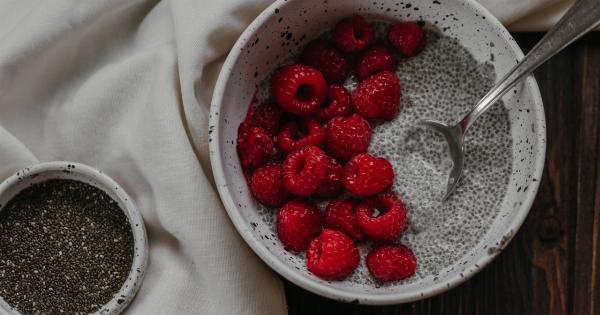Fruits and vegetables are essential for a healthy diet; they are packed with vitamins, minerals, and fiber. However, they can be contaminated by bacteria, pesticides or dirt which can cause health problems such as food poisoning.
Cleaning fruits and vegetables is, therefore, an important step you should not skip before consuming them. In this article, we will provide a guide on how to clean fruits and vegetables properly.
1. Wash your hands
Always wash your hands thoroughly with soap and water before handling fruits and vegetables. This will prevent the transfer of any bacteria or germs from your hands to the produce.
2. Rinse with water
Before washing fruits and vegetables, rinse them under running tap water. Use a clean, soft-bristled brush to scrub produce that has a rough surface such as cantaloupe and broccoli.
Firm produce can be scrubbed with a veggie brush while delicate produce like berries should be washed gently.
3. Use a vegetable wash
If you want to go the extra mile in cleaning your produce, you can use a vegetable wash solution. This solution can be made at home by mixing a tablespoon of vinegar or lemon juice with a cup of water. You can also buy a vegetable wash from the stores.
Follow the instructions on how to use it and rinse the produce afterwards under running tap water.
4. Dry the produce
After washing the produce, you can let it air dry on a clean kitchen towel. If you want to speed up the process, you can use a salad spinner or pat the produce dry with a clean paper towel.
Wet produce stored in a sealed container can lead to the growth of harmful bacteria.
5. Remove the outer layer
In some cases, the outer layer of certain produce like lettuce, cabbage and onions may be contaminated or damaged. Peel off and dispose of the outer layer before washing or consuming.
6. Be cautious with pre-cut produce
Pre-cut fruits and vegetables, even those bought from the store, should still be washed before eating. They may be exposed to numerous hands during processing which can lead to contamination.
7. Store produce properly
In order to prevent contamination, store your produce properly after washing it. Produce that requires refrigeration should be immediately stored in the refrigerator, while others can be stored at room temperature.
Keep produce away from raw meat, poultry or seafood and clean the refrigerator regularly.
8. Know which produce to wash
Not all fruits and vegetables require washing. Some produce like bananas, oranges, melons, and mangoes have a tough outer layer which protects the fruit inside from contamination. Therefore, they do not need to be washed.
However, if you are going to cut open the fruit, it is advisable to rinse it under water.
9. Be aware of the type of produce
Some produce should be handled with extra care. Leafy greens can contain dirt and debris, so it is important to use a salad spinner to remove any excess water after washing. Berries should be rinsed gently and allowed to dry completely before storing.
Root vegetables like carrots and beets should be scrubbed with a vegetable brush to remove dirt and debris from the crevices.
10. Reconsider organic produce
Although organic produce has fewer pesticides, it is still important to wash them thoroughly. They can still carry bacteria like E. coli and Salmonella.
Conclusion
Cleaning fruits and vegetables should be an essential part of your food preparation routine. Properly washing and storing produce can reduce the risk of foodborne illnesses and ensure you have healthy and safe food for your family.
Remember to wash your hands before handling produce, rinse with water, use a vegetable wash solution, dry your produce, remove the outer layer, be cautious with pre-cut produce, store produce properly, know which produce to wash, be aware of the type of produce, and reconsider organic produce.






























